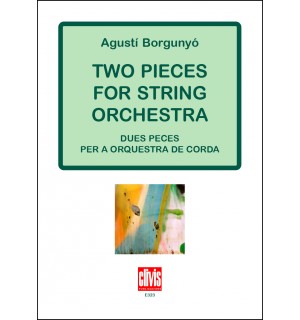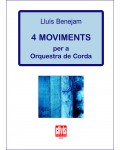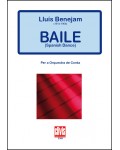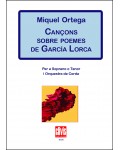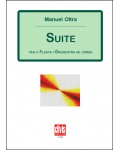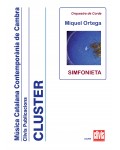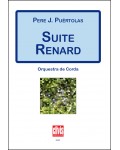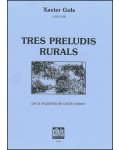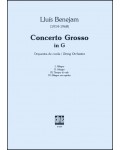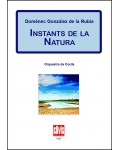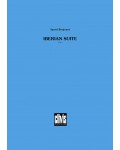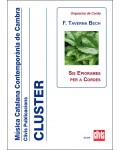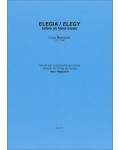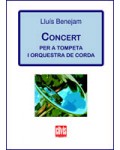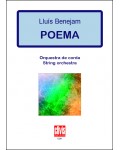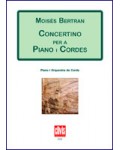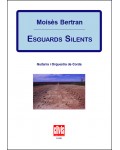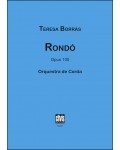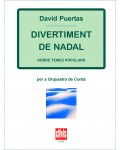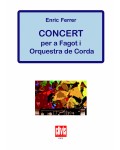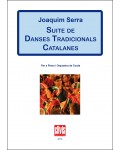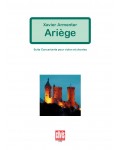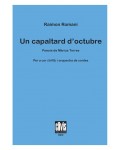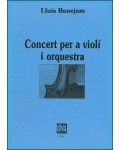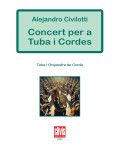
No products
Prices are tax included
Product successfully added to your shopping cart
There are 0 items in your cart. There is 1 item in your cart.
- English
- Castellano
- Català
Two pieces for string orchestra
E323
New product
Two Pieces for String Orchestra have all the charm of Agustí Borgunyó’s language: simplicity, freshness, elegance and direct communication without any kind of speculative interest, with a very Mediterranean air permeating them from the first bar.
| Period | 20th Century |
| Instruments | String orchestra |
| Pages | 22 |
| Time | 9 min. |
| Contents | Score |
| ISMN | 979-0-3502-0710-5 |
| Remarks | The materials are available on hire. Contact with the publisher (info@clivis.cat). |
| Edition | Printed |
Agustí Borgunyó’s work in the United States as an arranger and director of studio and radio orchestras obliged him to compose mainly for large orchestras, but at home he never stopped composing whatever music he fancied. When he returned to Catalonia, he did not bring with him the works he wrote for radio studios nor his musical arrangements, but he did bring more than 300 works he had composed on his own without any kind of professional commitment. This legacy, now deposited in the Historic Archive of Sabadell, includes more than 30 solo pieces for the piano, dozens of choral works, over 100 songs for vocals and piano, well over one hundred sardanes, half a dozen chamber works, an operetta, two ballets and a dozen orchestral works, including Dues peces per a orquestra de corda (Two Pieces for String Orchestra).
Two Pieces for String Orchestra – as the score states, composed in 1946, during the period when Borgunyó was musical director of the National Broadcasting Symphony Orchestra – despite being two short pieces, have all the charm of Borgunyó’s language: simplicity, freshness, elegance and direct communication without any kind of speculative interest, with a very Mediterranean air permeating them from the first bar. The first piece, Adagio, is a sweet, intimate, tender and almost religious song. The second, Allegro, in contrast, is an energetic, rhythmic dance, also in a ternary rhythm but this time with a very different character, which plays in a brilliantly original way with the instrumentation. The central part of the work, Meno mosso, recalls the contemplative character of the Adagio but reprises the frenetic dance from the beginning, which it does not leave until a very surprising finale.
David Puertas

